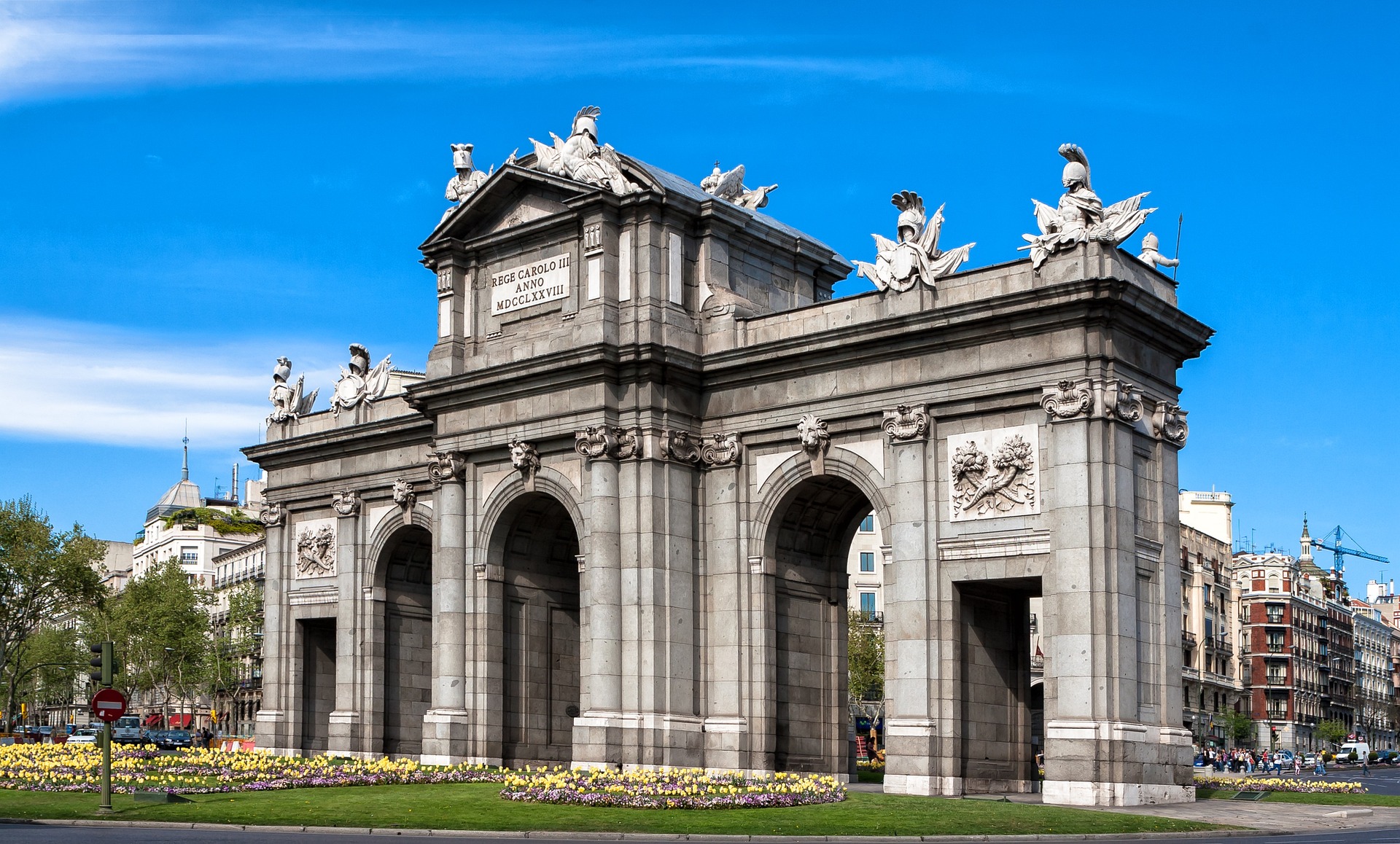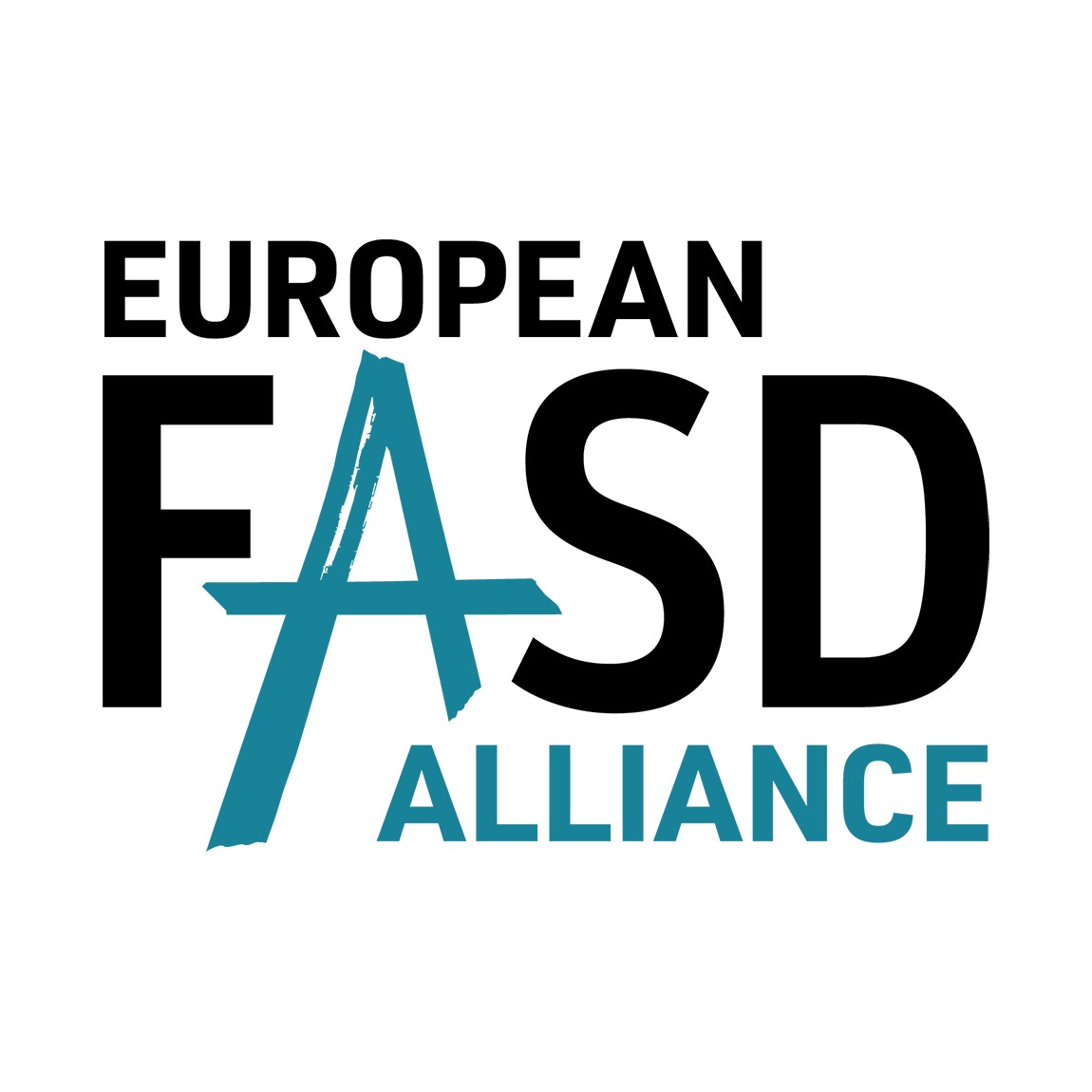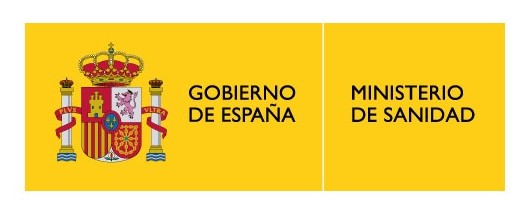City Information
Welcome to Madrid
With historical category of villa, Madrid is the capital of the State and of the Community of Madrid. Is the most populated municipal area in Spain, making it the second most populated city in the European Union, as well as its metropolitan área.
It is an influential cultural center and has museums of international reference. The Prado Museum, the Museo Nacional Centro de Arte Reina Sofía and the Thyssen-Bornemisza, are the three of the most visited museums in the world. In 2021, the Paseo del Prado and the Buen Retiro, denominated as the landscapes of arts and sciences were included in the list of World Heritage Sites by Unesco. The EUFASD 2024 conference will be held at the Ministry of Health, right in the middle of Paseo del Prado.
Getting to Madrid by Plane
Metro:
Line 8 (Nuevos Ministerios-Aeropuerto T4) links the capital to Barajas international airport. It takes less than 20 minutes to reach terminal T4 and just 12 minutes to reach the other terminals. Check prices here. When travelling around Madrid on public transport, you need to get a Tarjeta Multi. This is a non-personal contactless public transport card that can be topped up and used by multiple people. It has a validity period of ten years, and it is used to contain non-personal public transport tickets for use within the Region of Madrid.
Please note that from 12 February to 30 May 2022, trains on Line 8 (pink line) will not be running between Colombia and Mar de Cristal. There will, however, be free buses covering the affected stretch for Metro users.This means that if you’re travelling to the airport you will need to get off at Colombia, take the free bus to Mar de Cristal and then get back in the Metro for the remaining stops. Keep this mind when you are planning your trip to the airport since it may take a little longer than usual. More info
Bus:
- Airport Express Bus:24-hour service from Atocha (between 6 am and 11.30 pm) and Cibeles, stopping at O’Donnell (intersection with Doctor Esquerdo), T1, T2 and T4.
- Shuttle Bus: Free service linking the four terminals. Running every 5 minutes from 6.30 am to 11.30 pm, every 20 minutes from 11.30 pm to 1.50 am and every 40 minutes from 1.50 am to 6.30 am.
Taxi:
To take a taxi you must wait at a taxi rank. There is a fixed rate of €30 for services between the airport and the city centre (within the Calle 30 ring road). Note that taxis take preference over vehicles for hire and private cars.
The suburban train network runs between Príncipe Pío station and Adolfo Suárez Madrid-Barajas Airport Terminal 4, on the new C-1 line. Trains depart every half hour and you can check ticket prices here. AVE ticket holders can travel from the train station to the airport free of charge.
Practical information
HOURS
Business hours in Madrid start around 9pm or 10am and they generally remain open non-stop until 8 to 10pm, especially those in the center. The businesses that close at lunch-time usually close at 2pm and open again between 4pm and 5pm.
Madrid’s laws allow for complete freedom when choosing business hours, so that in the touristic areas, especially those around Puerta del Sol and Gran Vía, most of the businesses, open every day, even on Sundays and holidays.
Restaurants also have longer hours and, even though Spanish people don’t usually have lunch after 3:30pm, or dinner after 11pm, you will always find exceptions and restaurants. Having tapas is always a great option! It is more flexible and it is a great choice for any moment of the day.
ELECTRICITY
The standard voltage is 220 V and the standard frequency is 50 Hz. In Spain the power plugs and sockets are of type F with two round pins and two earth clips on the side.
Finding adapters is easy if you have devices that do not work with these plugs and, of course, most hotels will provide you with one.
WATER
Open the faucet, fill your glass and drink the water. In Madrid it is completely safe to do so. We have one of the healthiest waters in the country. It comes from the near by Sierra Norte and it is channeled directly to the consumption points, so its quality is excellent.
Here you can check the complete relation of drinking water in Madrid, as well as the ones in public streets, receation facilities, parks and gardens.
PRICES
All of the establishments include the service charge, but in the hotels and restaurants you can often find signs “IVA no icluido” or “VAT not included”. This means that the the price of what we ordered will be increased by 10%. In Madrid, tipping is entirely optional. Some restaurants may add a 2- or 3-euro charge onto the bill for bread or a small tapa, a service which they are obliged to warn you about and which you are entitled to turn down. Since it’s not customery to tip, it’s up to you to whether you leave a little extra as a thank you for the service received. Furthermore, it is possible to pay by card in most shops and on public transport without any limitations with regards to the amount.
CLIMATE
Even though the climate in Spain is a warm temperate Mediterranean climate, since Madrid is in the interior, it has a more pronounced temperature differences, with colder winters (with the temperature around 6 over average in winter) and hot in the summer (25 degrees over average in July and August).
ACCIDENT OR ILLNESS
One of the aspects we must bear in mind when travelling is information regarding access to medical care. In the event of an accident or illness during your trip,, remember that European citizens have the right to receive essential health care. However, it is advisable to apply for a European Health Insurance Card (EHIC) or the equivalent document (for example GHIC in the UK) in your home country.
Visitors from outside of Europe should take out health insurance to cover any needs such as such as tests or medicines. Please note that SATE (Foreign Tourist Assistance Service) provides advice and assistance to foreign tourists visiting Madrid, who have been required to attend a police station following an incident or mishap.
Más información en https://www.esmadrid.com/en




